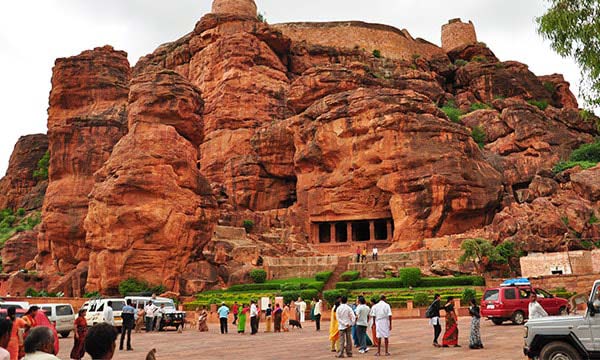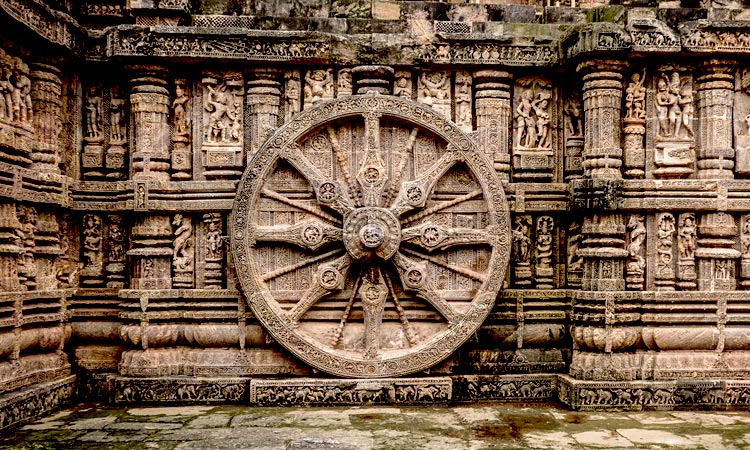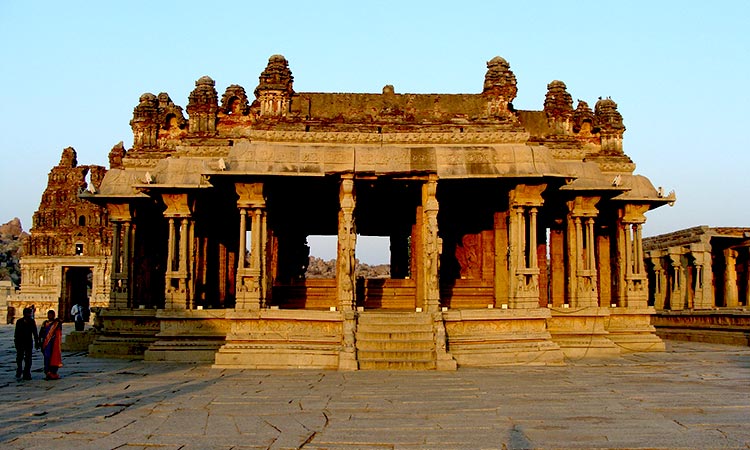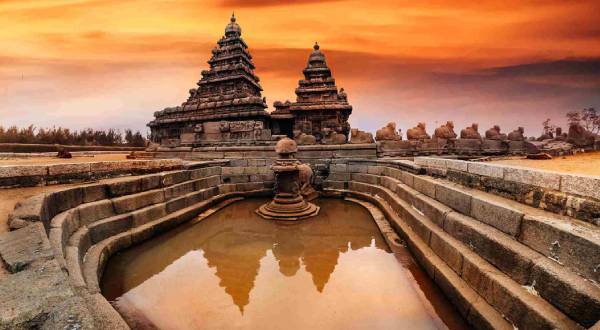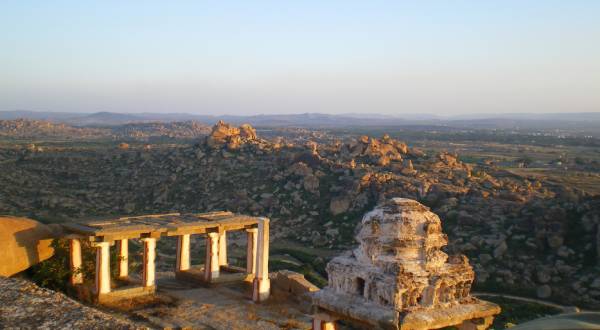Bijapur
Travel back to the royal era
Fact & figure
- Indian union territory:
- Area: 98.73 km²
- Population : 3.27 lakhs
- Language : Kannada, Hindi, English
- Attractions : Fort, palaces, architecture, Temple
- Rainfall : 450 mm
- : 592 m
- Monsoon : June - October
- Best time to visit : October to March
- Temprature : 14.6°C - 42°C
City Information - Bijapur
Bijapur is a popular tourist hub mainly known for the Gol Gumbaj and other monuments of historical heritage. Mainly adorned with medieval monuments portraying unique form of Islamic architecture, Bijapur is an ancient city which is also known by the name Vijayapura.
Interestingly, the city consists of three different parts distinctly known as the citadel, the fort and the remains of the city. Among these, the citadel is well-built and strong construction established by the Adil Shahi Sultans encompassed by a ditch of 91 m wide. Surrounded by a wall of 15 m high and 6 m in circumference, the fort was completed in 1566. Outside the walls of the fort is the stretched out remains of the city that include innumerable tombs, mosques and buildings proving how they stood against the havoc of time.
Historically, Bijapur, as a city, is popular mainly for the chronological monuments that exhibit architectural marvel during the dynasty of Adil Shah. In modern times, however, the city has been prominent as an academic hub, sports league team, tourist spots mainly for history-buffs and archeological interest.
Top highlights - of Bijapur
- Talking about Bijapur, Gol Gumbaz is the first thing that strikes. The Round Dome was built in 1659, and today it stands as the second largest dome in the world entirely unsupported by pillars. Archaeological Museum, Gagan Mahal, Sat Manzil, and Asar Mahal are few of the places that make Bijapur worth visiting.
What makes Bijapur famous ?
Bijapur offers the history buffs as well as the archaeologists a great subject – its unique form of Islamic architecture which is found in almost every medieval monument built here.
History of Bijapur
The origin of Bijapur dates back to the early medieval period ruled by the Chalukyan rulers of South India. The foundation of the city was laid between 10th and 11th centuries, and it was known as Vijayapura or the City of Victory. Initially, the city was ruled by local Yadavas for about a century. It was later captured by Ala-ud-Din Khilji around 13th century end, but he couldn’t hold on for long and Bijapur became a part of the Bahamani Empire in 1347. It was only after the Bahamani Rule declined that Bijapur stepped into its golden period after Adil Shah’s dynasty began and it was made the capital of the kingdom. The monuments, the structures and the unique Islamic architectural marvel, all flourished during this era, and the rest, as they say, is a proud history for today's Bijapur.

